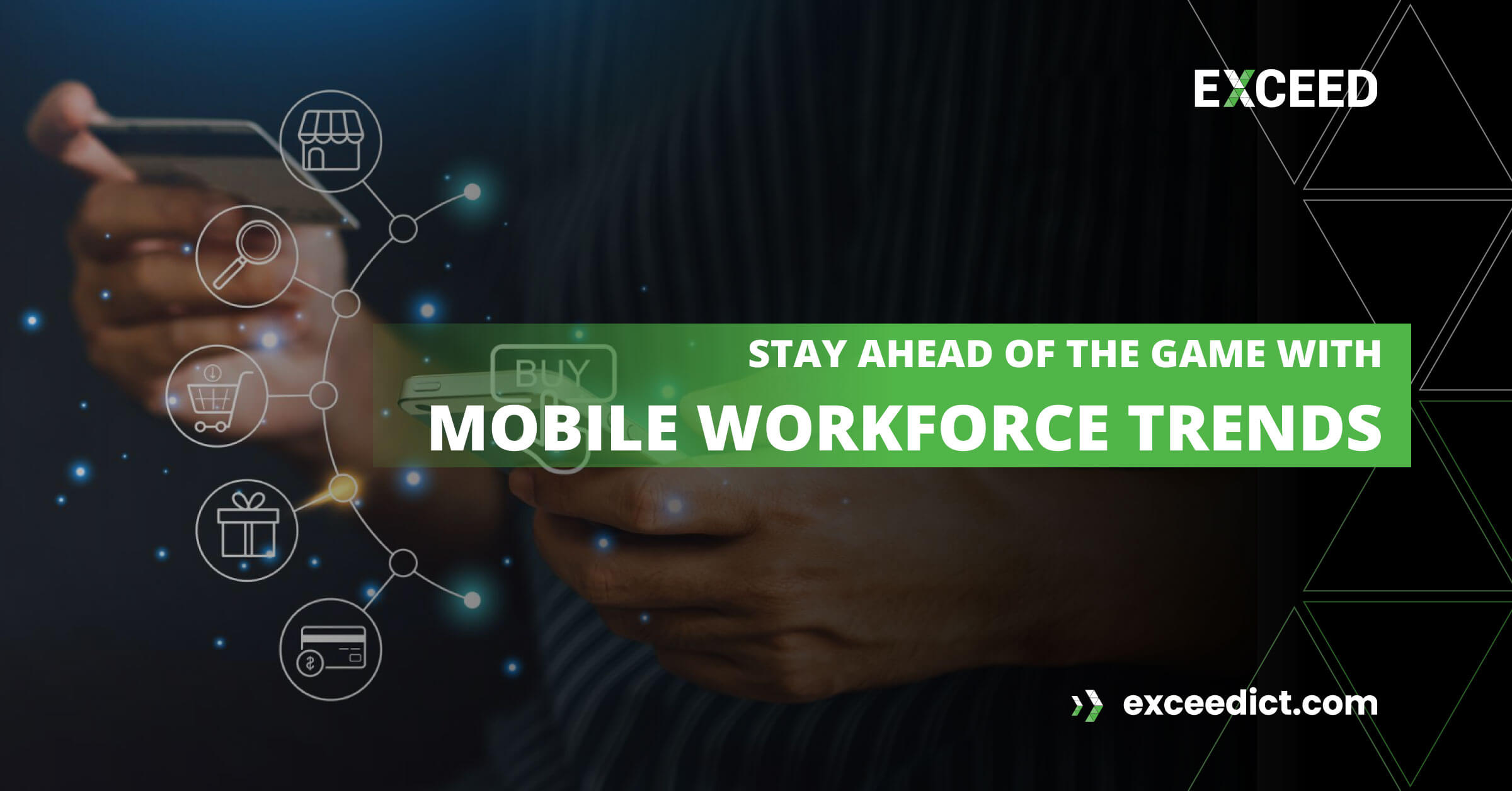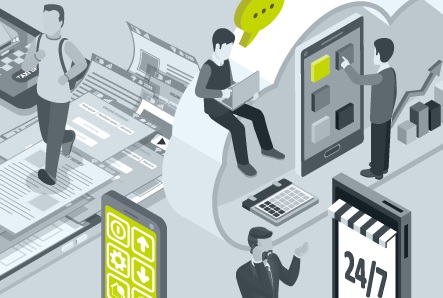
The way Australians work is evolving rapidly. With the rise of remote and hybrid work, businesses are embracing mobility, cloud technology, and automation to boost productivity and efficiency. The mobile workforce trend isn’t just about working from anywhere – it’s about smarter, data-driven, and secure operations that empower employees and improve business outcomes.
What Is a Mobile Workforce?

A mobile workforce consists of employees who work remotely, in the field, or across multiple locations using connected devices such as smartphones, tablets, and laptops.
As organisations move towards hybrid work models, managing these distributed teams efficiently has become critical. Benefits include:
- Enhanced flexibility and productivity.
- Reduced office costs and environmental impact.
- Better work-life balance for employees.
However, it also brings challenges such as ensuring data security, maintaining engagement, and managing diverse devices across networks.
Key Drivers Behind Mobile Workforce Trends
Hybrid and Flexible Work Models
The post-pandemic era has normalised flexible work arrangements. Businesses now prioritise results over hours worked, attracting younger talent who value autonomy and work-life balance.
Integration of Emerging Technologies
Technologies like IoT, and cloud computing enable mobile workers to stay connected, automate tasks, and access critical business information anywhere, anytime.
Bring Your Own Device (BYOD) Policies
With employees using personal devices for work, companies are adopting Mobile Device Management (MDM) tools to ensure compliance and protect data from cyber threats.
Top Mobile Workforce Trends in Australia
Cloud-Based Collaboration
Cloud technology has become the backbone of mobility, allowing real-time access to data, documents, and applications across devices. Teams collaborate through tools like Microsoft Teams, Slack, or Google Workspace for seamless productivity.
Enhanced Cybersecurity

With employees working from multiple locations, companies must secure their data. Businesses are investing in VPNs, MDM solutions, and multi-factor authentication (MFA) to protect sensitive information.
Rise of the Gig Economy
More organisations are integrating freelancers and contractors to create a flexible, scalable workforce. This trend requires adaptable platforms for managing both full-time and contingent workers.
Data-Driven Decision Making
Advanced analytics in mobile workforce platforms provide insights into worker performance, task efficiency, and resource allocation, helping leaders make better strategic decisions.
AR and VR for Training
Augmented Reality (AR) and Virtual Reality (VR) are enhancing workforce training and support. Field employees can access real-time visual guidance, reducing downtime and errors.
Employee Well-being and Engagement
Companies are adopting wellness technologies and regular check-ins to maintain employee morale. A focus on mental health and communication reduces isolation among remote workers.
Security and Compliance in a Mobile-First World
As more employees connect remotely, cybersecurity becomes a top priority.
Businesses must implement:
- Strong authentication (MFA) for secure logins.
- Encryption for sensitive data.
- MDM platforms to monitor, lock, and wipe devices if compromised.
- Regular security training to keep staff alert to phishing and malware threats.
Following these steps aligns businesses with Australian standards like the Privacy Act 1988 and ACSC’s Essential Eight cybersecurity framework.
The Future of the Mobile Workforce Trends
The future workforce will be powered by 5G, and advanced mobility solutions. Companies adopting flexible, cloud-based, and data-driven strategies will gain a competitive advantage.
Partnering with technology experts such as Exceed ICT ensures organisations have the right connectivity, security, and managed mobility support to thrive in this ever-changing landscape.
Conclusion
Mobile workforce trends in Australia are reshaping how businesses operate. Embracing hybrid work, automation, and secure mobile solutions not only boosts productivity but also strengthens business resilience.
By staying proactive and adopting the latest mobility technologies, your organisation can remain agile, secure, and future-ready – truly staying ahead of the game.
Contact Exceed ICT today to learn more about our Business Waste Management on the Gold Coast – keeping you connected wherever you are.
Call us on 1300 832 639 or simply search “Exceed ICT” on Google Maps to find a location near you and connect with our team today.
We also provide
We also provide Expense Management, Telecoms Expense Management, Device Deployment, Mobile Fleet management, Telstra enterprise Mobility, Telstra mobility Managed Services, Improve Business Core values, Business Consulting, Cryptoloc, Network Management, Telstra Expense Management and many more Services. Check our Services And Solutions.


